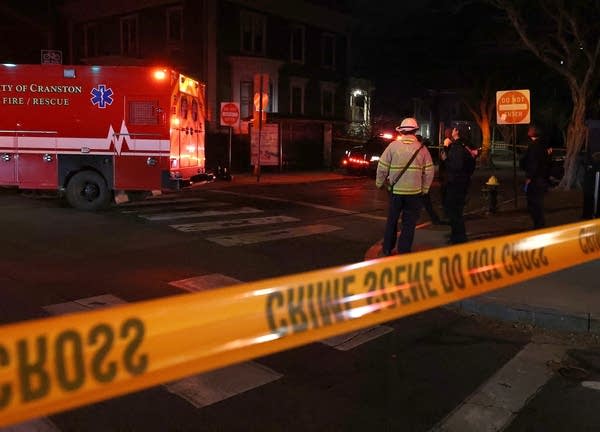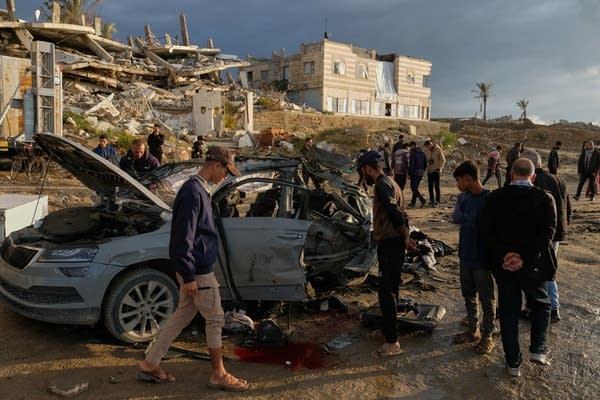(KNSI) – From the stars to our backyard. A St. Cloud State University program originally meant to study the effects of the solar eclipse on our atmosphere will now be used to help gain a clearer picture of severe weather in central Minnesota.
SCSU Assistant Professor Rachel Humphrey explains how it will work. “St. Cloud State is now officially an affiliate member of the Minnesota Space Grant Consortium, which means that we were eligible to apply for funding to purchase some things like radiosondes.”
A radiosonde is a small instrument panel attached to weather balloons. It measures pressure, temperature, wind speed, and relative humidity. SCSU students used the technology last fall and this spring during the solar eclipses that cut through much of the country.
The National Weather Service conducts global radiosonde balloon launches every day to help develop a picture of weather patterns in the upper atmosphere. Some areas are covered thoroughly. Humphrey says most of Minnesota is not.
“Probably in the spring, although we’ll be prepping it this fall, we’re going to be able to launch weather balloons and send that information to local emergency management officials and National Weather Service offices, which don’t have a radiosonde launching platform in the center part of the state.”
___
Copyright 2024 Leighton Media. All rights reserved. This material may not be broadcast, published, redistributed, or rewritten, in any way without consent.









